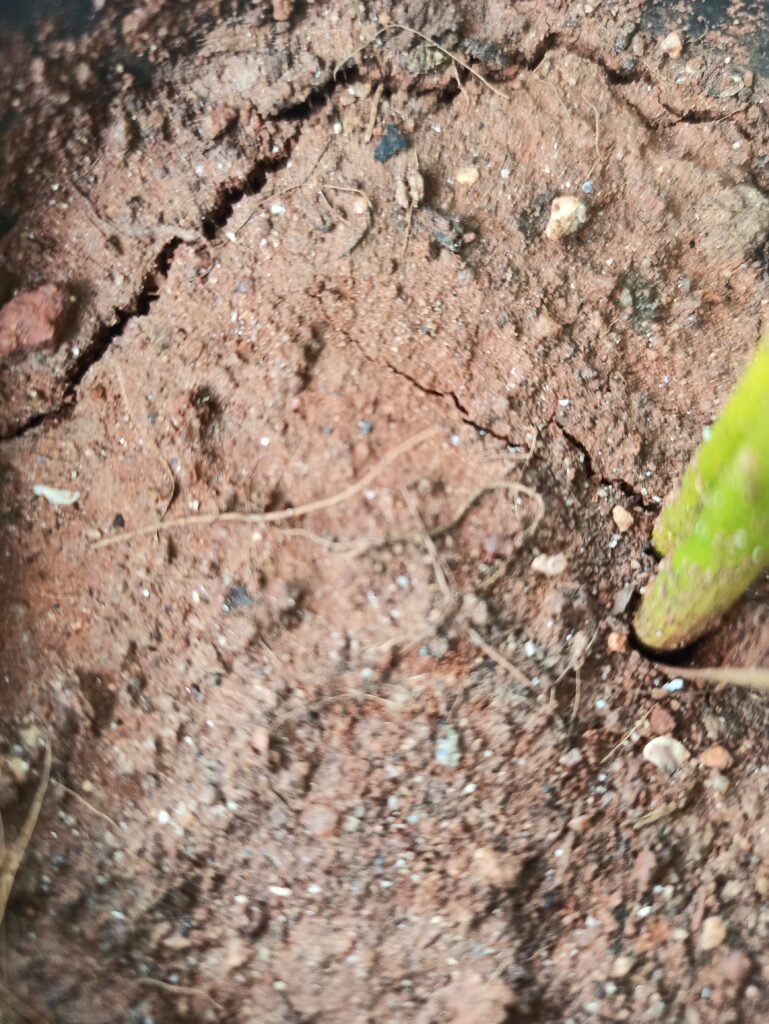5 Best Soil For Raised Bed Organic Gardening
Raised bed organic gardening is a popular technique for urban, suburban, and rural home gardeners. By amending the soil in the raised bed with compost, you will be able to grow a healthy and productive garden.
What Is The Best Type of Soil for Raised Bed Organic Gardening?
The best type of soil for raised bed organic gardening is a mix of topsoil, compost, and manure. This mix provides the perfect balance of nutrients and drainage for your plants.
Topsoil is the uppermost layer of soil that contains most of the organic matter, minerals, and microorganisms. It is also known for having a relatively high clay content. Compost is decomposed organic matter that enriches the soil with nutrients. Manure adds essential nutrients and improves drainage while also increasing the amount of organic matter in the soil.

When choosing a soil mix for your raised bed, make sure to get one that is specifically designed for gardening. You can find these mixes at your local nursery or garden center.
Types of Soil for Raised Bed Organic Gardening
There are many types of soil available for raised bed organic gardening, and the best type for your garden will depend on your climate and what plants you want to grow.
In general, raised bed gardens need well-drained soil with a good amount of organic matter. This can be achieved by mixing together different types of soil, such as topsoil, compost, and sand.
If you live in an area with heavy rainfall, it’s important to choose soil that drains well to prevent your plants from drowning. A sandy loam soil is ideal for drainage, but if you have clay in your area, you can improve drainage by adding sand or organic matter to the mix.
If you want to grow vegetables in your raised bed garden, it’s important to choose nutrient-rich soil. A good way to get nutrients into your soil is by using compost or manure. You can also add fertilizer to your soil before planting.
No matter what type of soil you choose for your garden, make sure it is free of weeds, disease, and insects. You can achieve this by starting with new topsoil or sterilizing existing soil with heat or chemicals.
What To Consider When Choosing a Soil for Raised Bed Organic Gardening
When it comes to raised bed organic gardening, choosing the right soil is absolutely essential. The type of soil you use can make a big difference in how successful your garden is. Here are a few things to consider when choosing soil for your raised bed:
- drainage: Raised beds need well-drained soil in order to be successful. If your soil doesn’t drain well, your plants will suffer.
- fertility: You want to choose soil that is fertile and rich in nutrients. This will help your plants thrive.
- texture: The texture of your soil is important for both drainage and fertility. A sandy loam or clay loam soil is ideal for raised beds.
- pH: Most plants prefer slightly acidic soil with a pH between 6 and 7. If you’re not sure about the pH of your soil, you can have it tested by a local Extension office or garden center.
Pros and Cons of Different Soils for Raised Bed Organic Gardening
There are a few different types of soils you can use for raised bed organic gardening, each with its own set of pros and cons.
One type of soil is loam. Loam is a mix of sand, silt, and clay, and it drains well while still holding onto moisture and nutrients. It’s easy to work with and ideal for most plants. However, it can be expensive to purchase in large quantities.
Another type of soil is compost. Compost is rich in nutrients and helps improve drainage while still holding onto moisture. It’s also relatively easy to find and inexpensive to purchase. However, it can be difficult to work with if you don’t have experience, and it may not be suitable for all plants.
Finally, there’s topsoil. Topsoil is the layer of soil that sits on top of the subsoil. It’s generally lighter and easier to work with than other types of soil, but it doesn’t hold onto moisture or nutrients as well as some other options.
Which type of soil you choose for your raised bed organic garden will depend on your budget, the plants you’re growing, and your personal preferences. Be sure to do some research before making your final decision!
Conclusion
If you’re looking to get into organic raised bed gardening, it’s important to choose the right soil for your needs. The five soils we’ve listed above are all great options for different reasons, so make sure to do your research and pick the one that’s best for you. With the right soil in place, you’ll be well on your way to a successful raised bed garden.
12 Little-known Signs That Your Cat Really Hates You








